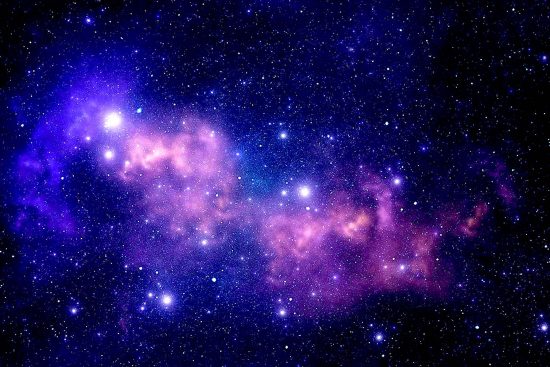
Jul 8, 2019
Stars respond to incoming electric charge flow.
According to consensus theory, when a star uses up its hydrogen it contracts because radiation pressure no longer overcomes the gravity pulling its outer layers into its core. As that compression increases, internal pressure rises and heats up the star, until temperatures are great enough to fuse helium into carbon. As recently written, the star then expands into a red giant phase, so that it can increase its surface area and radiate away helium fusion energy.
After a star can no longer fuse ever heavier elements, the current model of stellar evolution says that it will shed its outer layers, exposing its hot, dense core, gradually fading into a white dwarf. As a star changes with age, large amounts of glowing dust and gas surround it, forming braided streamers and helical “tornadoes” in space, otherwise known to Electric Universe theorists as Birkeland currents.
Electric discharges in plasma create field-aligned magnetic sheaths. Those discharges cause the sheaths to glow, sometimes creating a number of other sheaths. Those space-charge sheaths are known as “double layers”. Positive charges build up in one area of a plasma cloud and negative charges build up nearby. An electric field develops between the two regions, accelerating charged particles to high velocities. Those electric charges spiral in electromagnetic fields, emitting X-rays, extreme ultraviolet, and sometimes gamma rays.
A recent press release discusses what “…may be the weirdest stars we’ve ever seen. A pair of stars about 360 light years away experienced 28 dips in their light over the course of 87 days, measurements that would normally indicate an orbiting system of planets – except that the timings of the dips seem totally random. Astronomers are completely stumped.”
Hugh Osborn at the Laboratory of Astrophysics of Marseille in France wrote:
“…this is the first time that we’ve found something that looks like a transiting planet but has no apparent periodicity. Something weird is going on.”
Double layers glow, revealing distinct boundaries between sheaths. Since electric charge flows along the sheaths, Birkeland currents attract each other over cosmic distances. However, because of like charge repulsion, they do not merge. Rather than coalescing, they wind around each other, ultimately growing into long electric “transmission lines” in space. Since kinetic events are largely chaotic, their emissions should exhibit multiple spectrographic signatures. Instead, over 90% of the light from planetary nebulae occurs over a small range of frequencies, mostly from ionized oxygen.
Since stars are the foci for enormous energies from the galaxies in which they exist, their activity cannot be based on mass, or a particular elemental makeup. They are not internally powered objects at all, they are formed electromagnetically in cosmic Birkeland currents. Stars are born of electricity, therefore the “weird stars” are acting like electrical oscillators, responding to incoming electric charge, and not like gravitationally compressed balls of hot gas.
Stephen Smith












